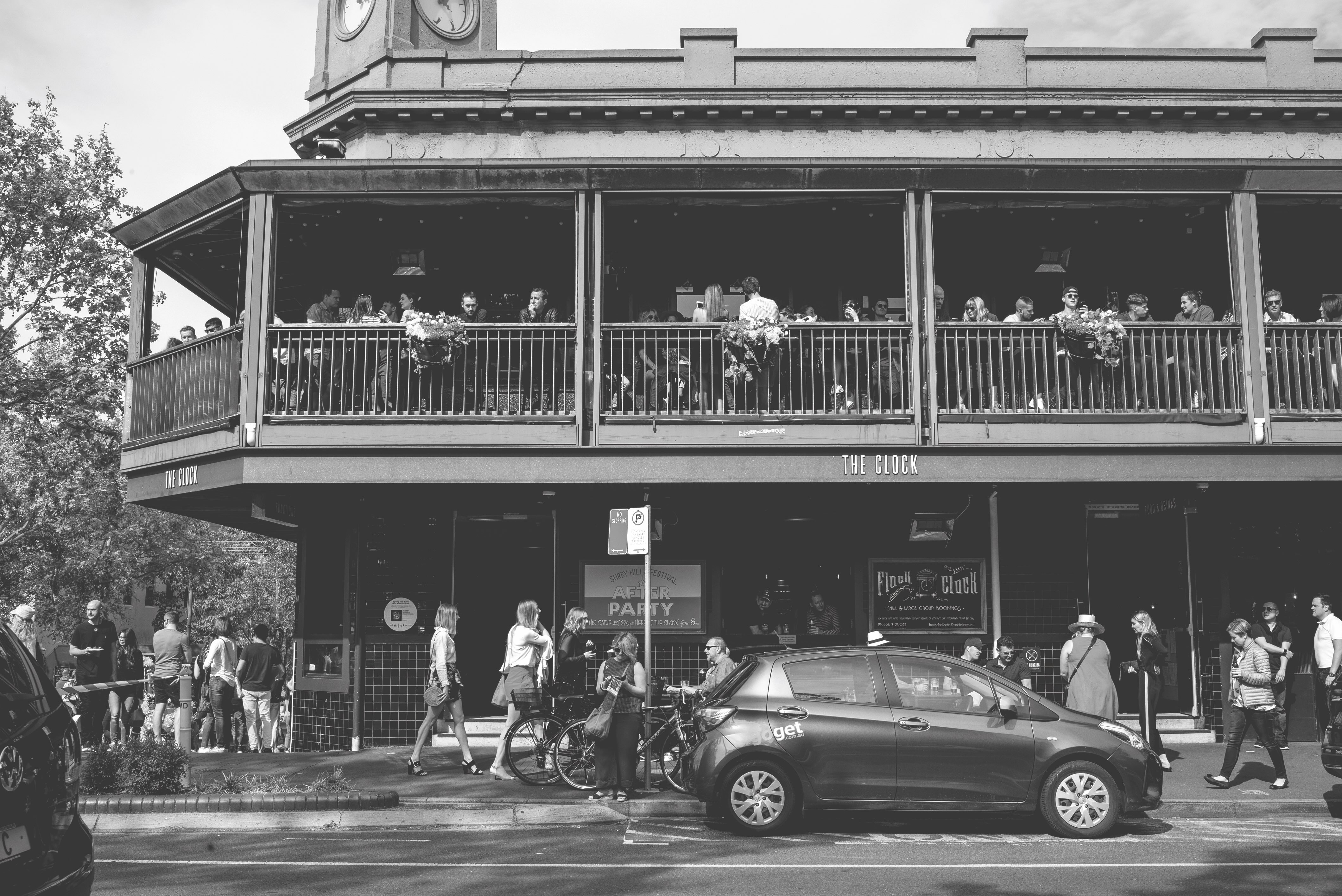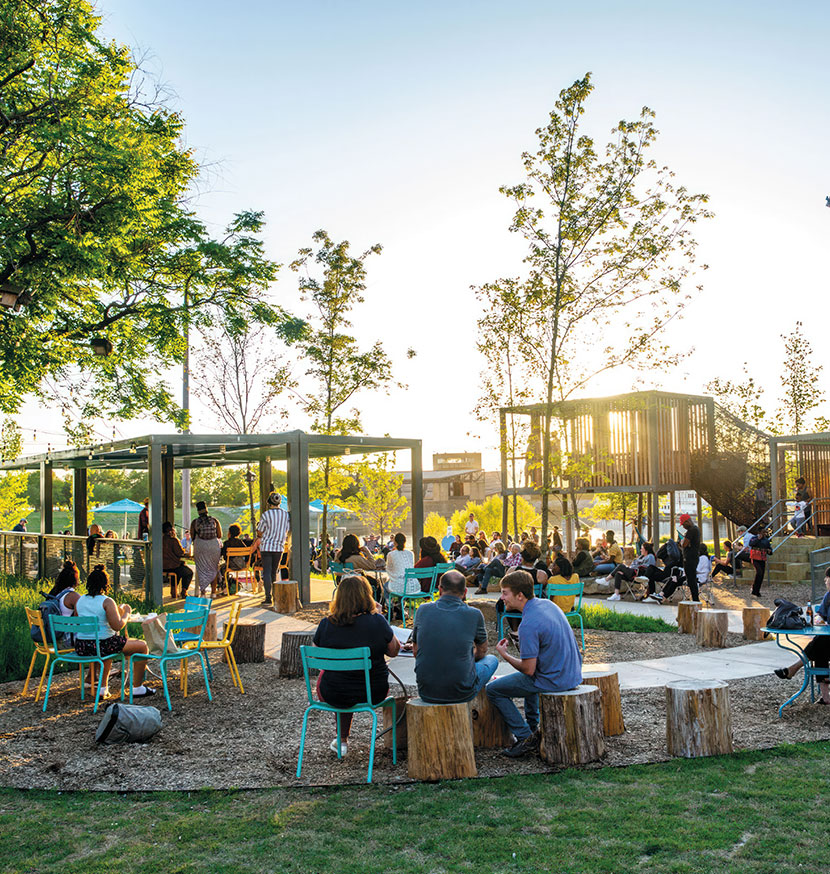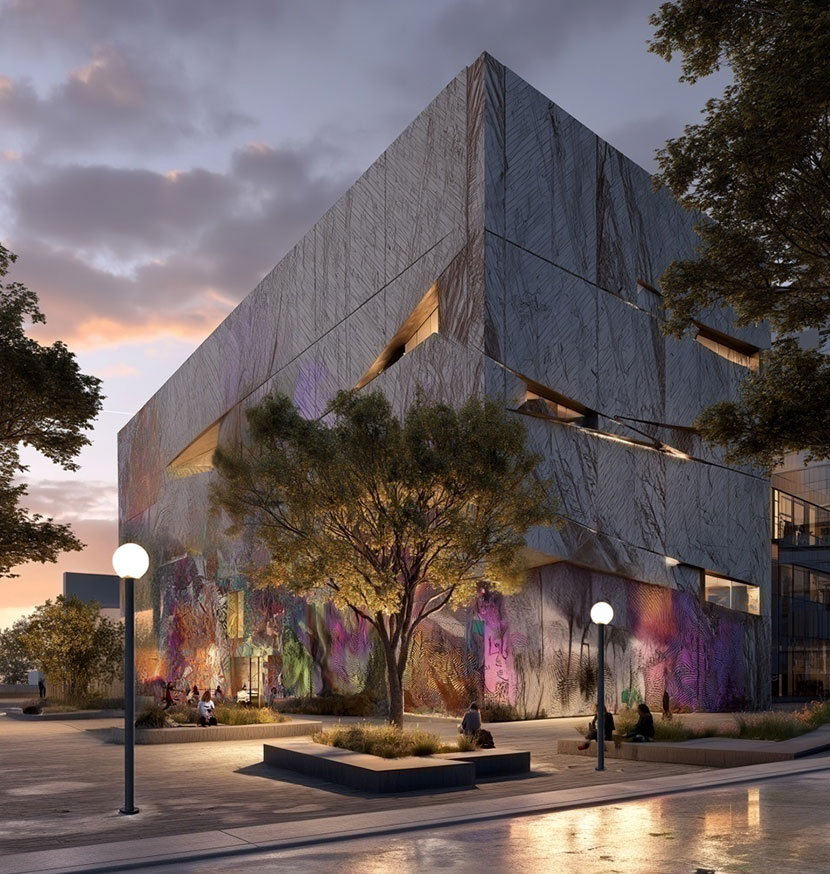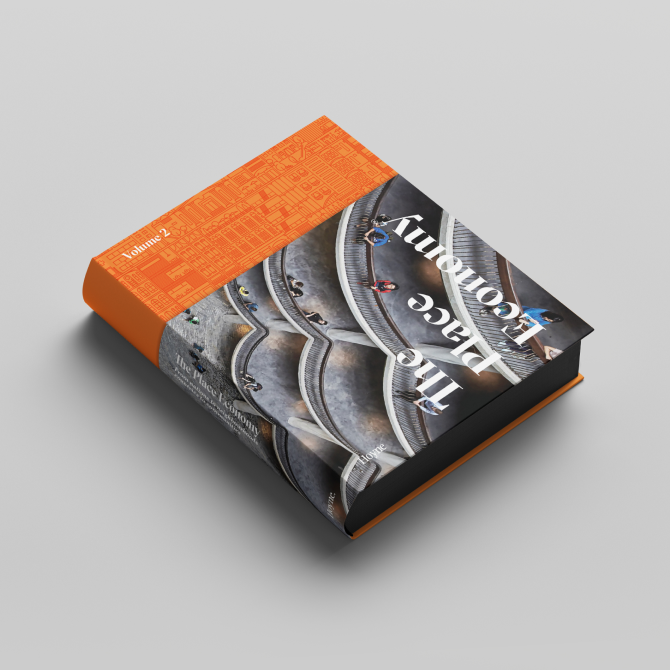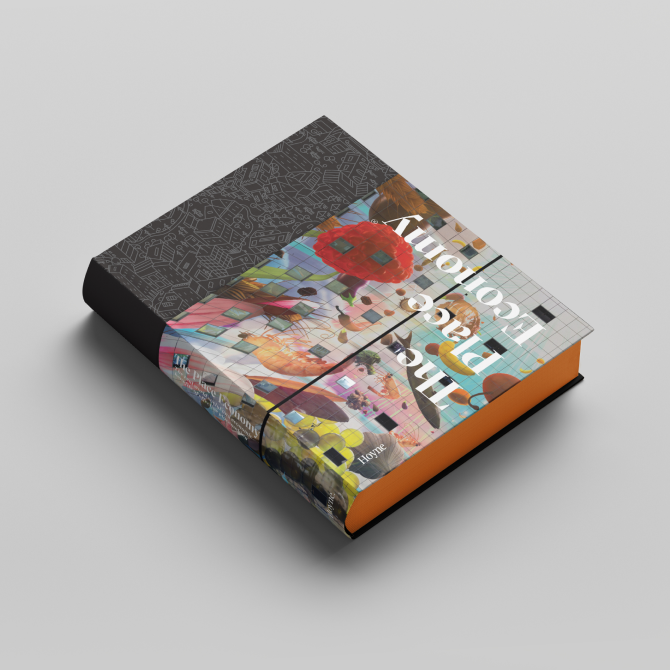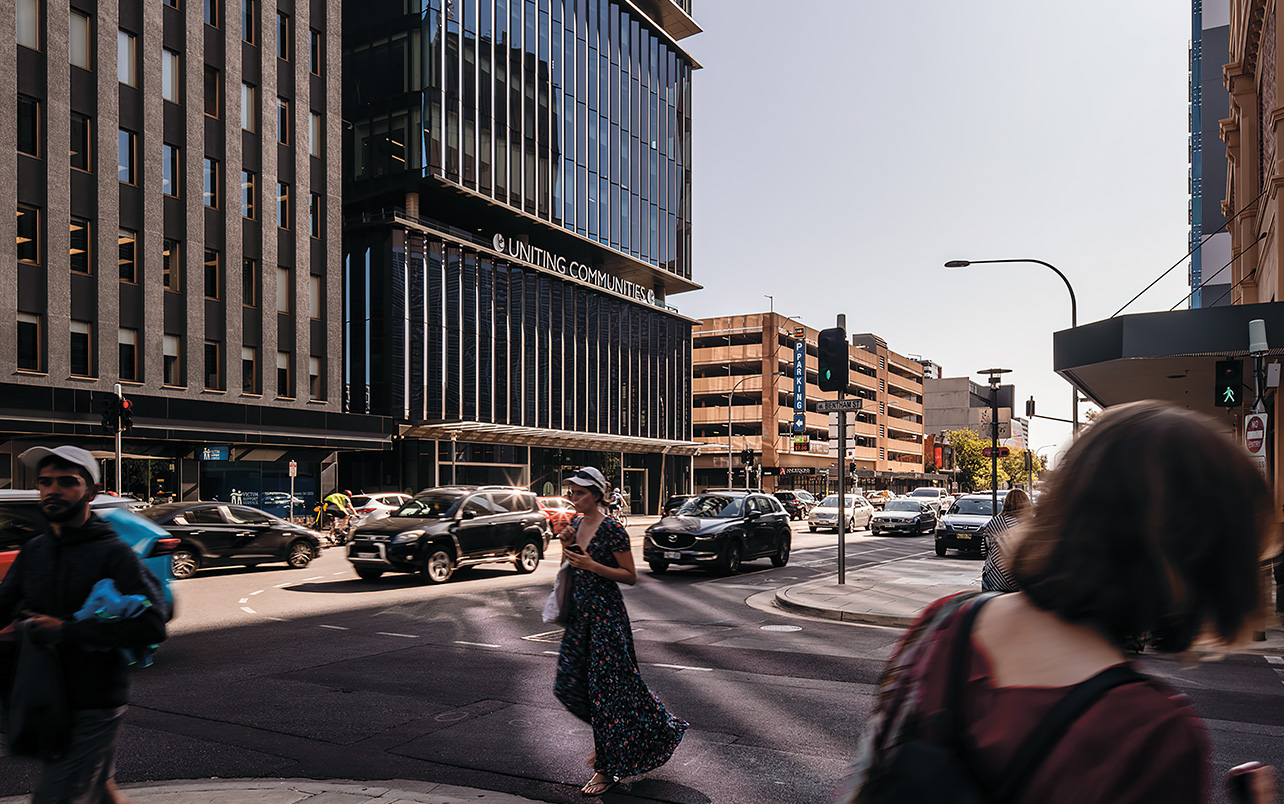
Bold policy can turn youth into Adelaide’s economic edge
Andrew Hoyne shares his thoughts on how the SA capital can become Australia’s first choice for top talent.
Adelaide has a chance to lead Australia, not by mimicking Melbourne or Sydney, but by showing what a city built for the next generation can truly look like. Quietly confident, it can set a new national standard: a liveable, future-facing city designed with and for young people.
This isn’t a pipe dream. It’s a genuine, place-based opportunity rooted in Adelaide’s reformist DNA, cultural depth and emerging economic edge, underpinned by a political culture ready to back bold ideas.
The opportunity: Population, productivity, participation
Here’s the challenge: South Australia is ageing faster than any other mainland state. By 2040, over-75s will make up 13.6% of the population. Already, more than 630,000 South Australians are aged 50 or over; that’s 37% of the population. Without decisive action, the state risks slipping into demographic and workforce decline.
But this is not a crisis, it’s an opportunity. As Simon Kuestenmacher, Co-Founder of The Demographics Group, flagged at the recent Adelaide Summit, SA can flip the script by actively courting younger Australians.
If we make it easier and more attractive for young people to live and work in Adelaide, we retain more graduates, grow the tax base, build a stronger labour market and attract long-term investment.
Beyond stamp duty: Real structural inclusion
South Australia already offers stamp duty relief for first home buyers on new builds, regardless of price (for contracts entered into on or after 6 June 2024), a progressive step other states are only just catching up to.
To truly lead the country in structural inclusion for young buyers, SA could pioneer the next wave of housing reform:
- Shared equity schemes to reduce upfront costs.
- Government-backed deposit support or savings-match programs.
- Fast-tracked approvals for developments that include first-home buyer quotas.
- Zoning reform and relaxed planning controls, especially in the CBD.
- Affordable, medium-density housing near jobs and transport.
- Incentives for interstate buyers to choose SA.
- Support for housing co-ops and rent-to-own models that reduce long-term costs.
Adelaide has the scale, leadership and reformist pedigree to make it happen.
The reformist blueprint
South Australia has a long and proud tradition of bold, reform-oriented governance.
- First free colony.
- First elected town government (1840).
- First to grant women the right to vote and stand for parliament (1894).
- First to recognise Indigenous land rights (Aboriginal Lands Trust Act 1966).
- Home to the first capital city arts venue in Australia (Adelaide Festival Centre established in 1973).
This legacy isn’t just history, it’s a precedent. And now, the next “first” could be reimagining how cities work for young people.
With the political will SA can reassert its identity as the nation’s reform engine by backing progressive ideas that deliver practical outcomes. This is not about moralising. It’s about impact.
Branding the future
Adelaide is rich in cultural capital. Its creative identity, from the Adelaide Fringe and Gather Round to a packed calendar of music, wine, and sport events, outperforms its population size. It’s a city that punches far above its weight in the experience economy.
Pair that with an economic base anchored in growth industries like defence, biomedicine, advanced manufacturing and space tech, and you have a future-ready platform. Innovation precincts like Lot Fourteen and Tonsley are just the beginning.
But now it’s time to match that momentum with the lived experience of young people:
- Affordable rentals in vibrant, mixed-use neighbourhoods
- A safe, walkable night-time economy
- Night-time public transport and micro-mobility infrastructure
- A planning mindset open to informality, experimentation, and start-up culture
Adelaide: The gateway drug to South Australia
Adelaide is the entry point. The taster. The gateway drug.
Whether it’s through a festival, a business conference, or a Gather Round weekend, the goal is to get interstate people to experience the city. Because once they experience Adelaide, they begin to understand more of what’s on offer. It’s from this point, that the rest of South Australia opens up to them.
So while Adelaide leads in urban culture, education, investment and health innovation, South Australia showcases scale, natural beauty and regional hero brands.
South Australia: The state of raw beauty and quiet ambition.
Adelaide: A progressive city of festivals, food, and future-thinking.
Supercharging the CBD
Adelaide’s CBD is substantial, yet is has fewer than 30,000 residents. This represents enormous potential. Imagine substantially more people living in the heart of the city. Diverse, walkable, filled with energy and enterprise. A place where affordability is created not by sacrifice, but by scale. Where students, young families, retirees, creatives and professionals mix by design, not by accident.
More residents would also supercharge Adelaide’s commercial office sector. Austin, Texas, is a great example of progressive companies following young people where they decide to cluster. Investment follows vibrancy. Austin is a warning too: it didn’t manage housing affordability and now faces deep structural problems. Adelaide can learn from that mistake, building affordable density as a strategic advantage in the centre of the action.
If we get density right, we unlock the next wave of commercial investment and reinvigorate the night-time economy. Jobs follow people. Public transport upgrades become viable. Tourism deepens. Innovation accelerates. Resulting in Adelaide becoming the most liveable, walkable, youth-oriented city and CBD in the country.
Designing for youth is designing for the future
Designing a city for young people isn’t idealism, it’s economics. Increasing youth participation in housing, education, and employment is how we expand the workforce and strengthen the economy.
That’s why equity must be treated as a workforce issue, not a side conversation.
What that could look like:
- HECS forgiveness for graduates who live and work in SA (attracting hoards of young people from interstate)
- An expanded light rail loop connecting suburban and regional campuses
- A youth infrastructure levy on resource companies
- Micro-grants for youth-led cultural and economic activation
- A lifelong public learning model anchored in practical workforce planning and tied to existing TAFE reform or job-readiness funding.
- A “Youth Policy Lab” or embedded advisory council within the Department of Premier and Cabinet
In a city as well planned, connected and values-driven as Adelaide, these aren’t pipe dreams, they’re strategic levers.
The “City of Churches”: A new meaning
Adelaide’s “City of Churches” moniker has long been misunderstood. Some see it as a symbol of old-fashioned conservatism. But its origin lies in religious tolerance, inclusivity and pluralism. A city built to give everyone a fair go.
So flip the narrative. If we’re stuck with the “City of Churches” then help people understand that means it’s a community with a strong moral compass, where values, equity, care and fairness are built into the DNA of civic fabric. This is a city where people get a fair go. Where inclusivity isn’t branding, it’s infrastructure. Where business, education and community are aligned around stability and shared success. That’s a powerful story for residents and businesses looking for a city which has honesty and purpose at its core, not just amenity.
That’s a rare offer, and a magnet for investors and talent alike.
Reform that drives growth
If South Australia becomes the national leader on housing policy reform, youth engagement, medium-density urban development, affordable home ownership and education-linked economic mobility it won’t just be good policy. It will be a magnet for capital, talent and tax revenue.
This is how Adelaide repositions itself. Not just as the most liveable city for young people, but as Australia’s most investable city.
The opportunity is real. The leadership appetite exists. And this is practical reform that would drive economic growth, delivers jobs, and keeps people in the state.
Adelaide has the rare opportunity to become a new prototype of Australian urbanism. Not by copying Sydney’s glamour or Melbourne’s attitude, but by doing what it’s always done best: leading with fairness, reform and quiet ambition. With the right moves, it won’t just attract young Australians priced out of other cities, it will be studied as a benchmark for how to give a city true competitive advantage.
This isn’t about making Adelaide cooler. It’s about making South Australia stronger. And it starts by building a city where the next generation can live, work, thrive and stay.
At Hoyne, we believe bold, well-designed policy can unlock economic growth, attract talent, and create cities where young people choose to stay and thrive. If you’re in government, development or investment and you’re ready to shape the future of Adelaide—we’d love to collaborate. Get in touch with us here.
Back